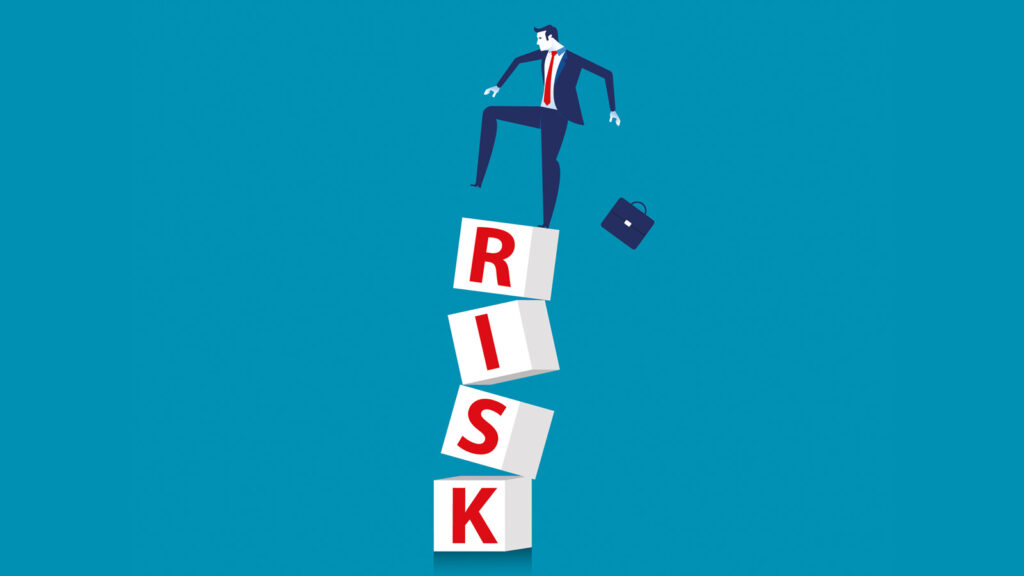During the decade between the global financial crisis and the COVID-19 pandemic, many insurance companies concentrated their risk and compliance efforts on mitigating downside risks and adhering to ever-changing regulatory requirements. The risk and compliance responsibilities are anticipated to protect insurance businesses from adverse risks and transition toward providing them with strategic guidance to assist growth. Insurers must reinvent themselves in light of the multiyear reality of COVID-19, greater levels of unpredictability, pressures for efficiency, and the need to remain resilient and relevant by tapping into new development sources.
Simultaneously, the risk and compliance departments conduct second-line risk reviews and assist the company in connecting the dots regarding significant concerns as the ultimate risk owner. Deep dives into business performance, such as odd claim patterns or higher-than-anticipated levels of client retention, can influence business decisions. For the business to operate safely and soundly under a broad range of risk and compliance scenarios, forward-looking measurements of financial and non-financial risks are essential, as well as regular stress tests.
The extent of these requirements presents chief risk and compliance officers with a creative challenge (CROs and CCOs). As a result, several insurance companies are reorganizing these services considerably to perform their new responsibilities more efficiently. The move requires some insurers to step up their game and expand their risk and compliance departments to satisfy the new requirements. For others, namely organizations that had dramatically increased their functions in response to the financial crisis to meet certain regulatory requirements, it is about right-sizing and building a meaningful value proposition that transcends regulatory concerns.
Providing risk and compliance leaders with a place at the strategy table enables them to address business priorities in the context of a company’s risk appetite and risk mitigation strategies. Involving these leaders in the strategic-planning process and in company-wide transformation efforts—to grow, cut costs, and modernize technology. Since leaders are not involved in day-to-day operations, they have a useful, high-level perspective of the balance sheet, operations, and emerging trends, which enables them to recognize potential opportunities that others may overlook. For example, insurers prevent either becoming overly aggressive and making poor bets or overly conservative and missing opportunities that their competitors will exploit.
The risk and compliance functions also play a significant role by conducting various stress tests, such as rapid stress testing to assess and respond rapidly to sudden new exposures to actual or simulated events. Enhanced stress testing, typically a longer-term exercise, assists the organization in maintaining the financial health required to execute its strategic initiatives and better prepare its stakeholders for its efforts to manage uncertainty.
CROs also play a significant role when business trends change rapidly, such as assisting life insurers in optimizing the capital held in legacy blocks. CROs should also assist insurers in developing a strategic risk-management framework for investment and underwriting decisions pertaining to environmental, social, and governance (ESG) issues and climate risk.








